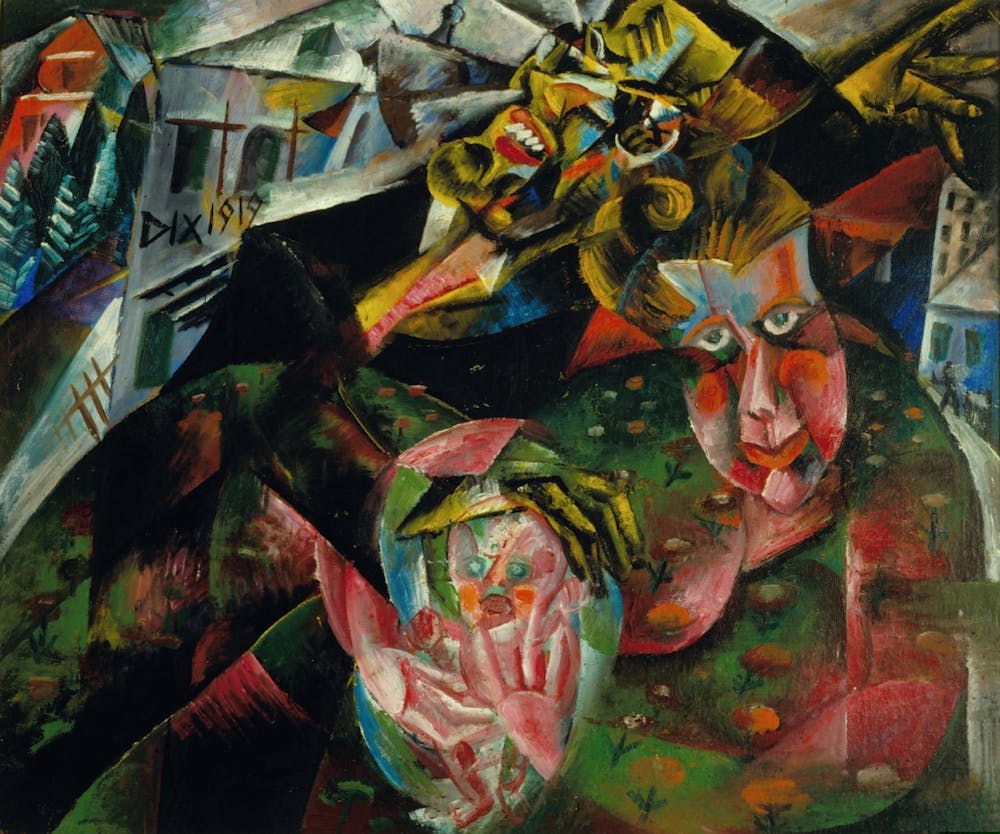James van Dyke, an art history professor at the University of Missouri, believes meaning can be derived from the closest of painting analyses — even down to the specific lumps of paint.
Van Dyke will give a lecture examining multiple meanings of an Otto Dix painting on Thursday, Nov. 7, at the Hanes Art Center. Christoph Brachmann, the Mary H. Cain distinguished professor of art history at UNC, is organizing the event.
Victoria Rovine, the acting chairperson of the art history department at UNC, said the department is thrilled to have van Dyke speak at the university.
“He is a renowned specialist in modern German art and politics — topics that are relevant to anyone with an interest in the way politics and art in any medium interact, which they do everywhere and always,” Rovine said.
Otto Dix was a successful German painter from the 1920s known for his paintings of warfare, nudes, jazz and nightlife, van Dyke said. His work has been regarded as scandalous, shocking and controversial.
“He's an interesting character because he's from a time when people of art got more and more abstract, and he did the opposite,” Brachmann said.
Van Dyke said that he will be looking at a portrait Dix painted of his avant garde colleague and that colleague’s wife and child. The portrait is one of Dix’s early post-World War I works.
“It’s a very untypical painting for the work of Otto Dix because it's quite abstract in comparison to what he normally paints,” Brachmann said.
Van Dyke will not only examine how Dix functioned as an artist in a moment of crisis, but also the individual details and lumps of paint on the work itself.



